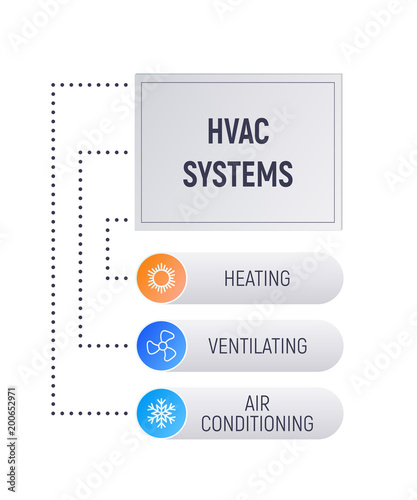The Ultimate Overview To Understanding Warm Pumps - How Do They Function?
The Ultimate Overview To Understanding Warm Pumps - How Do They Function?
Blog Article
Content Author-Steenberg Dickson
The best heatpump can conserve you substantial amounts of money on power bills. They can also help in reducing greenhouse gas emissions, especially if you utilize electrical energy instead of fossil fuels like lp and home heating oil or electric-resistance heating systems.
Heat pumps work significantly the same as ac unit do. This makes them a feasible alternative to standard electric home furnace.
Exactly how They Work
Heat pumps cool homes in the summer and, with a little help from electrical energy or gas, they provide some of your home's heating in the winter months. They're a good alternative for people who intend to reduce their use nonrenewable fuel sources yet aren't all set to change their existing heating system and air conditioning system.
They rely upon the physical reality that even in air that appears too cool, there's still power existing: cozy air is always relocating, and it intends to relocate into cooler, lower-pressure settings like your home.
A lot of power celebrity licensed heatpump operate at near their heating or cooling capacity throughout the majority of the year, reducing on/off cycling and conserving energy. For https://costofreplacingcentralair88887.ttblogs.com/8869108/the-conclusive-overview-to-picking-the-right-dimension-heat-pump-for-your-home , focus on systems with a high SEER and HSPF rating.
The Compressor
The heart of the heat pump is the compressor, which is also known as an air compressor. https://news.duke-energy.com/releases/duke-energy-connects-indiana-customers-to-utility-assistance-provides-energy-saving-tips flowing tool makes use of prospective power from power creation to enhance the stress of a gas by reducing its quantity. It is various from a pump because it just services gases and can not work with fluids, as pumps do.
Atmospheric air gets in the compressor via an inlet valve. It circumnavigates vane-mounted arms with self-adjusting length that separate the interior of the compressor, creating numerous dental caries of varying size. The blades's spin forces these dental caries to move in and out of stage with each other, pressing the air.
The compressor attracts the low-temperature, high-pressure refrigerant vapor from the evaporator and presses it right into the hot, pressurized state of a gas. This procedure is repeated as needed to provide heating or cooling as needed. The compressor also consists of a desuperheater coil that recycles the waste heat and adds superheat to the refrigerant, transforming it from its liquid to vapor state.
The Evaporator
The evaporator in heatpump does the very same point as it performs in refrigerators and ac system, altering fluid refrigerant into an aeriform vapor that removes heat from the space. Heat pump systems would not function without this critical piece of equipment.
This part of the system is located inside your home or structure in an indoor air trainer, which can be either a ducted or ductless device. It contains an evaporator coil and the compressor that presses the low-pressure vapor from the evaporator to high pressure gas.
Heat pumps soak up ambient warmth from the air, and then use electrical power to transfer that heat to a home or service in home heating setting. ducted heat pump running costs makes them a lot much more power efficient than electric heating systems or furnaces, and because they're using tidy electricity from the grid (and not shedding gas), they additionally produce much fewer emissions. That's why heatpump are such excellent ecological choices. (Not to mention a big reason they're ending up being so prominent.).
The Thermostat.
Heat pumps are excellent choices for homes in chilly climates, and you can use them in mix with typical duct-based systems or even go ductless. They're a terrific alternate to nonrenewable fuel source heating unit or traditional electrical heating systems, and they're a lot more sustainable than oil, gas or nuclear a/c equipment.
Your thermostat is the most essential part of your heat pump system, and it works very in a different way than a conventional thermostat. All mechanical thermostats (all non-electronic ones) work by using materials that alter dimension with increasing temperature, like coiled bimetallic strips or the broadening wax in a car radiator shutoff.
These strips contain two different types of steel, and they're bolted with each other to create a bridge that completes an electrical circuit attached to your HVAC system. As the strip obtains warmer, one side of the bridge expands faster than the other, which creates it to flex and signal that the heating system is required. When the heatpump is in home heating setting, the turning around valve reverses the flow of cooling agent, to ensure that the outside coil now functions as an evaporator and the indoor cyndrical tube comes to be a condenser.